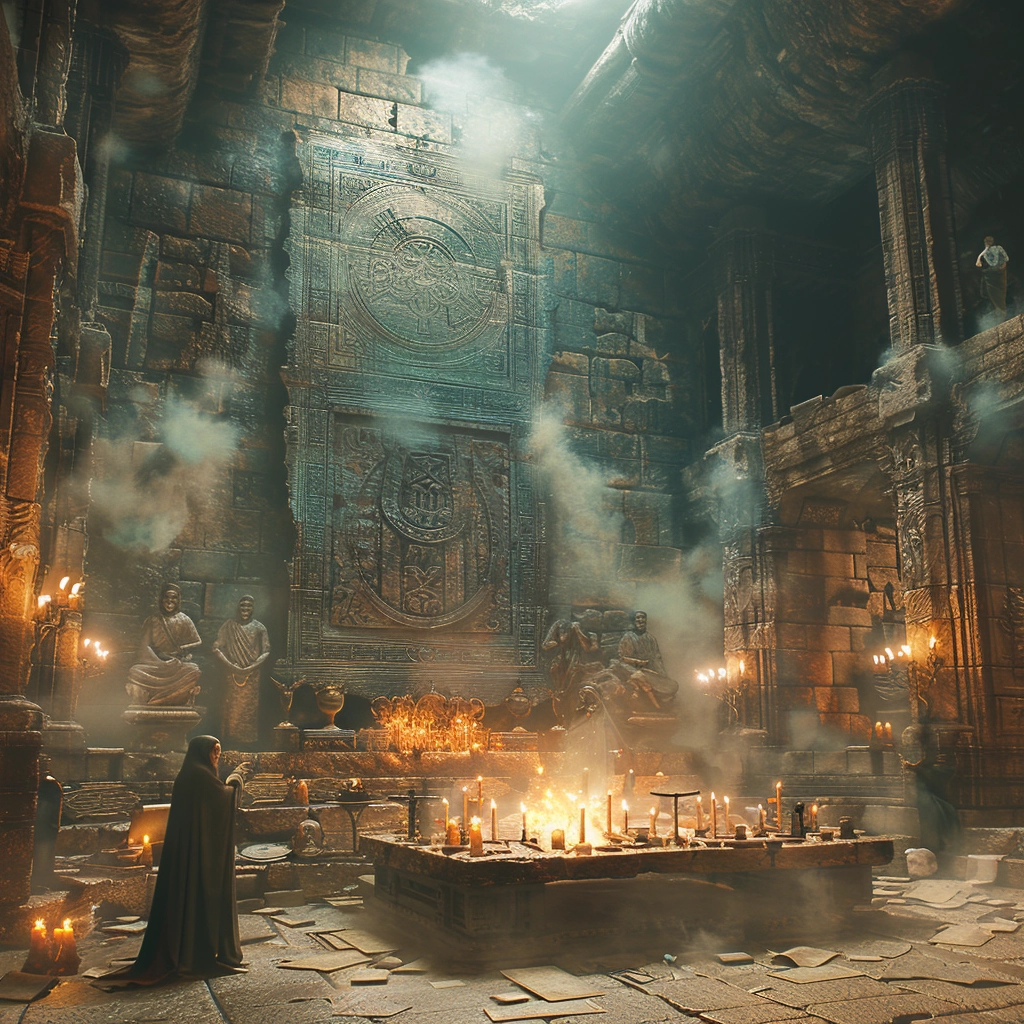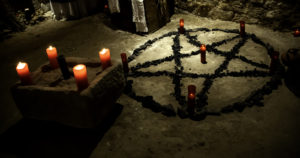
Over the last thousands of years, the word ‘necromancy’ has been interpreted by different people in widely different ways. The layman knows it to be something to do with the séances. The illusionist will claim its value as mythical, and the astrophysicist might believe in its existence.
But a genuine practitioner will tell you that necromancy is a form of magic that aids communication with the dead. The means of doing so might differ in each case; for instance, in some cases, the concerned spirit is summoned, which most often materializes as an apparition, and in other cases, when such an option is not available, sometimes it also involves making the spirit appear as a bodily manifestation. But as one might guess, it requires a highly experienced set of skills to do so.
Necromancy’s Greek Roots and Its Divergence from Séance Activities
The term necromancy derives from the Latin word “Necromantia,” borrowed from the post-classical Greek concept. The Greek meaning amalgamates the terms “nekros,” meaning dead body, and ‘mantiea’ meaning prophecy. This is where the difference lies between necromancy and séance – the element of fortune-telling, as one might call it. But it is largely absent from the usually practiced dark magic involving the dead.
The most prominent example of necromancy is Odysseus’s visit to the realm of death. This is the most easily relatable historical instance when defining necromancy.
Necromancy’s Connection to Shamanism and Its Evolution in Eastern Europe
Like any other form of magic involving the dead, necromancy is also hugely associated with dark magic, i.e., it is much closer to witchcraft than it is to sorcery. It is also often compared to various forms of the occult, most importantly shamanism. Some prominent features of shamanism are found in necromancy, but there are also some sharp differences. The almost ineligible, hypnotizing chant that the shamans inculcate in their procedures is also found in necromancy, so are some of the spells. Interestingly, necromancy is also sometimes referred to as ‘necromancy’ or ‘nigromancy,’ which adheres to black magic and is indicative of the negative power.
Necromancy was common before the Renaissance throughout Eastern Europe, especially in Greece, Serbia, Rome, etc. The Babylonian necromancers were called ‘manzazuu,’ and their raised spirits were called ‘etemmu.’ The necromancers are different from oracles in many ways. But the most significant difference between them is the power of endurance.
Modern Necromancers: Moving Beyond Ancestral Rituals and Grotesque Practices
The necromancers are thought to have a potent mind, not because they can communicate with the dead but because they can channel a massive amount of energy, which results in an incredible strain on their minds and excruciating physical pain. When Odysseus travels to the sphere of death, there is a reference to the power of the necromancers, who, till the 18th century, were broadly classified as shamans.
It has been often reported that modern-day necromancers are trying to eliminate the grotesque practices that their ancestors regarded as necessary: incantations and vigorous rituals, wearing the clothing of the dead and sometimes burning them, eating black bread, etc. Necromancers have often been referred to as the ‘bone-conjurers,’ suggesting a rather medical function, not quite in the oracle family. It also has a heavy influence on Pagan ritualistic culture.
Necromancy and Reincarnation Transitioning from Dark Practices to Scholarly Study
Eastern Europeans widely believed that reincarnation was only possible with the help of divine spirits; necromancers also believed in a very similar value. However, they usually prayed to dark witches or their oracular gods or goddesses. Surprisingly, in the wake of the Renaissance, a few Biblical allusions were considered regarding the practices of the necromancers.
This was mainly due to the Hebrew Scriptures, but several pieces of evidence prove these theories are true. At that time, necromancy was gradually regarded as a study, not some evil practice. The people practicing it came from several fields, some of them scholars.
It began to affect the literature of the times as it was starting to gain attention. It has been referred to in a few crucial works during Elizabethan times – maybe not directly, but the allusions couldn’t be ignored. Leonardo da Vinci states in one of his notebooks, ‘ Of all human opinions that are to be reputed, the most foolish which deals with the belief in necromancy, the sister of Alchemy, which gives birth to simple and natural things.
As modernism emerged, there was a wide discrepancy in the people’s views regarding necromancy. Illusionists had a reliable stance on this issue; Harry Houdini supported its promotion and circulation. In the Palladium fantasy, necromancers are a specific type of magician; one can trace Houdini’s love for them from there. Thus, necromancy exists still, though not at large, but evidently as an influential occult culture and ritualistic option.

